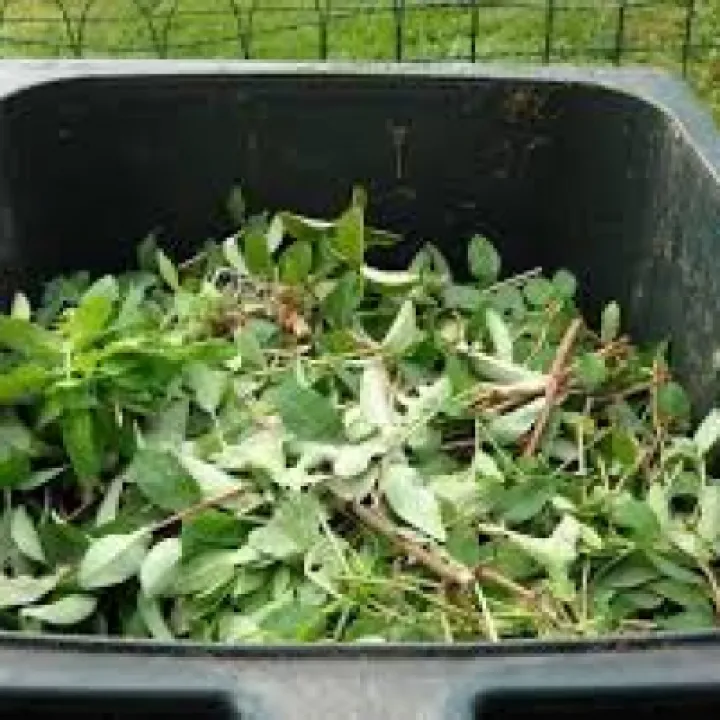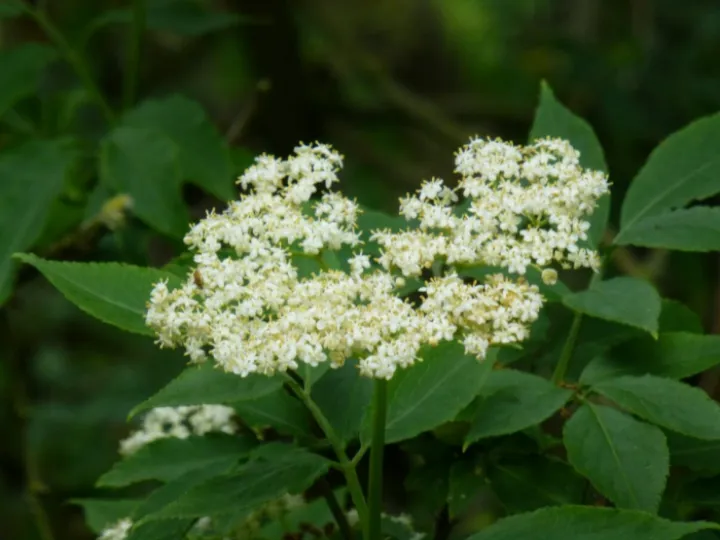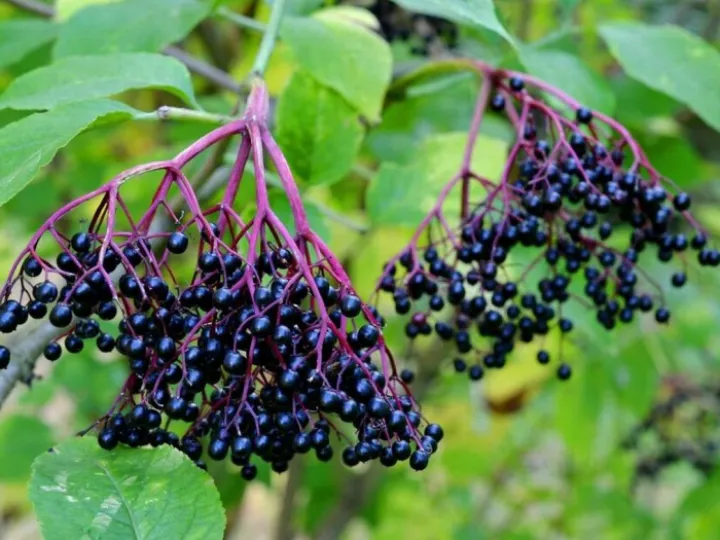Tarvin Woodland Flowers – Elder
Elder
(Sambucus nigra)
During the months of June and September, it is difficult to miss the elder bushes and trees that grow in our hedges, along our lanes and within our woodland. In June, they are be-decked with huge 'plates' of white flowers and in September, those flowers will have produced the great clusters of purple berries that are so popular with birds. Other than at those two times, the elder is easily missed and, in many ways, is unremarkable. It is not a frequently planted small tree in hedges, although its frequent occurrence bears testimony to its ability to grow almost anywhere from its dispersed seeds. As a tree, it is very fast growing, short-lived, somewhat brittle (not good for climbing) and highly adaptable, being able to grow almost anywhere, given sufficient light. Where it is part of maintained hedges, it often gets cut out, simply because it is so vigorous and tends to take over.
The flowers open from hundreds of small, green, rugby ball shaped buds, developing into the large, flat, plate-like flowers called umbels (resembling an Umbrella),which can be anywhere between 4" and a foot (10cm to 30 cm) in diameter. The many plates of these small, highly scented, off-white to cream flowers provide huge amounts of nectar (food) for insects and, in exchange, the insects carry pollen between the flowers so that they are pollinated, fertilised and will then develop into the small, purple-black, sour berries, which ripen from late-summer to autumn. The berries act like magnets for birds, who gorge upon them and inadvertently help to disperse the seeds.
Elder flowers and elder berries are very popular with makers of wines and cordials – the resulting drinks being truly delightful. It's seeds contain cyanide-inducing glycocides (although fortunately for the birds, the seeds are designed to pass unaffected, straight through their digestive system, emerging thereafter in their own packet of fertiliser, ready to grow). All the rest of the tree is poisonous, containing compounds that are metabolised into cyanide within the body, causing nausea, vomiting, and diarrhoea.
That elder flowers and elder berries used to be all the rage with herbalists is perhaps not to be wondered at. Elderflower cordial is said to be a sedative, the flowers a good skin tonic, and rubbed on the skin, the aroma exuded by the elder's leaves has long been known to repel flies. Bunches of leaves were hung by doorways, in livestock barns, and attached to horses' harnesses for the same reason, while elder bushes were traditionally planted around dairies, being believed to be efficacious in keeping the milk from 'turning'. Cheese cloths and other linen involved in dairying were also hung out to dry on elder trees and bushes, and the smell they absorbed from the leaves may have contributed to hygiene in the dairy.
Folklore related to elder trees is extensive and varies, depending upon region. In some traditions, the elder tree is thought to ward off evil and give protection from witches, while other beliefs say that witches often congregate under the plant, especially when it is full of fruit. If an elder tree was cut down, a spirit known as the 'Elder Mother' would be released and take her revenge. The tree could only safely be cut while chanting a rhyme to the 'Elder Mother'.
Lastly, it seems that the elder plays a central role in the final book of the "Harry Potter" series. Featuring a wand made from elder wood, it seems that J.K. Rowling decided against calling the book Harry Potter and the Elder Wand, choosing instead the title: Harry Potter and the Deathly Hallows.
Quick Links
Get In Touch
TarvinOnline is powered by our active community.
Please send us your news and views.









